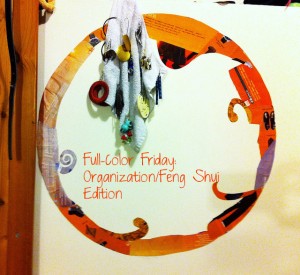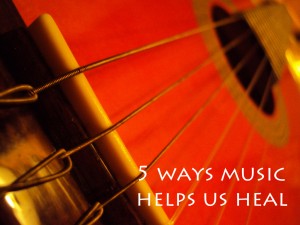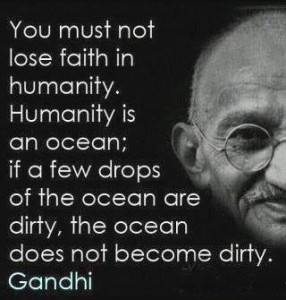They say we teach what we need to learn ourselves. I am not naturally organized, but I love organizing and being  organized. I love helping others get organized because I’ve fought all the demons – hoarding tendencies, perfectionism, procrastination, being easily distractable, myself. I completely understand the obstacles.
organized. I love helping others get organized because I’ve fought all the demons – hoarding tendencies, perfectionism, procrastination, being easily distractable, myself. I completely understand the obstacles.
I also think that organizing and purging can be a spiritual practice. The space surrounding us often becomes a reflection of our inner life. If our minds are cluttered and distracted, our spaces will be, too.
I think we need to periodically let go of things we’ve been holding onto but don’t need anymore. Doing this in our physical space can translate to more openness and more room for new experiences in our emotional and relational lives.
Here are a few of my favorite resources:
Books
Clear Your Clutter With Feng Shui
I love this book. I keep returning to it over and over and have learned not to loan it to friends because
they want to keep it, too. (Disclaimer – I am an Amazon affiliate and if you purchase the book through this link, I get a tiny stipend. No pressure, though, get it at the library if you can find it).
Lighten Up!: Free Yourself from Clutter
I’ve read a lot of organizing and simplifying books, and here’s another book I love. I use this visualization from the book sometimes when I’m stuck or overwhelmed by deciding what to keep and what to donate: I imagine everything I own on my front lawn, me in a comfortable lounge chair, maybe with a fruity drink, and people at my beck and call. Each item is held up for my perusal. If it’s an important item, I tell them to take it back into the house. If it’s not, they get rid of it (I like to think of it being donated – I throw out as little as possible into the trash) and I don’t have to deal with it anymore. That helps me remember not to keep something I don’t love just because I don’t know what else to do with it.
If you get overwhelmed by all the organizing sites out there, collect them on Pinterest, The above link takes you to my organizing board, where I keep all the links I’m interested in. On Pinterest, you can make boards for any topic that interests you, and collect your links. The great part is that you can follow others’ boards who have similar interests. There are several good organization boards:
Organize Anything Group Board:
Now, I have a love-hate relationship with group boards. I love the ideas, I hate it when they clutter my pinterest stream. I’ve had to unfollow some of the more prolific ones. But knowing this one’s there is great when I am specifically looking for organizing ideas.
Organized by Melissa Blake:
She writes the Bowl Full of Lemons blog, and although I was seduced by the bright colors, she has a well-done blog, too.
Web Sites
FlyLady:
The original. I first heard about Fly Lady over 10 years ago. Although her website needs modernizing, and you have to comb through all the ideas to choose the ones that work for you, the basic ideas are still really helpful for anyone who is easily overwhelmed. My favorite ideas:
Baby Steps – don’t try to get it all done at once. Every small step is a good one.
Even housework done badly blesses your family. The idea that doing something badly is better than not doing it at all is not one I’m used to. But in this case, it gets you past your perfectionism to just do something, already.
Routines: Make up a morning routine including all the things you need to do and do it. Swish the toilet, wipe the sink, get the stuff ready for dinner, Do it every morning without even thinking about it. Routines work for the rest of the week, too. For example, Tuesday and Thursday are laundry days. Sunday is menu planning and Tuesday is grocery shopping. Thursday – clean the bathrooms, Friday – clean the kitchen, the guinea pig cage and vacuum. Take the weekend off.
Unf*ck Your Habitat
A Tumblr site that bills itself as “Terrifying motivation for lazy people with messy homes.” Worth a look if you’re not offended by the F-word that gets used liberally here. People post their before and after pics and it’s nice to see there are some habitats more messed up than yours. There’s an app to go with it, to, to help you organize your goals.
Photo courtesy of IDEAleemade on Flickr


























